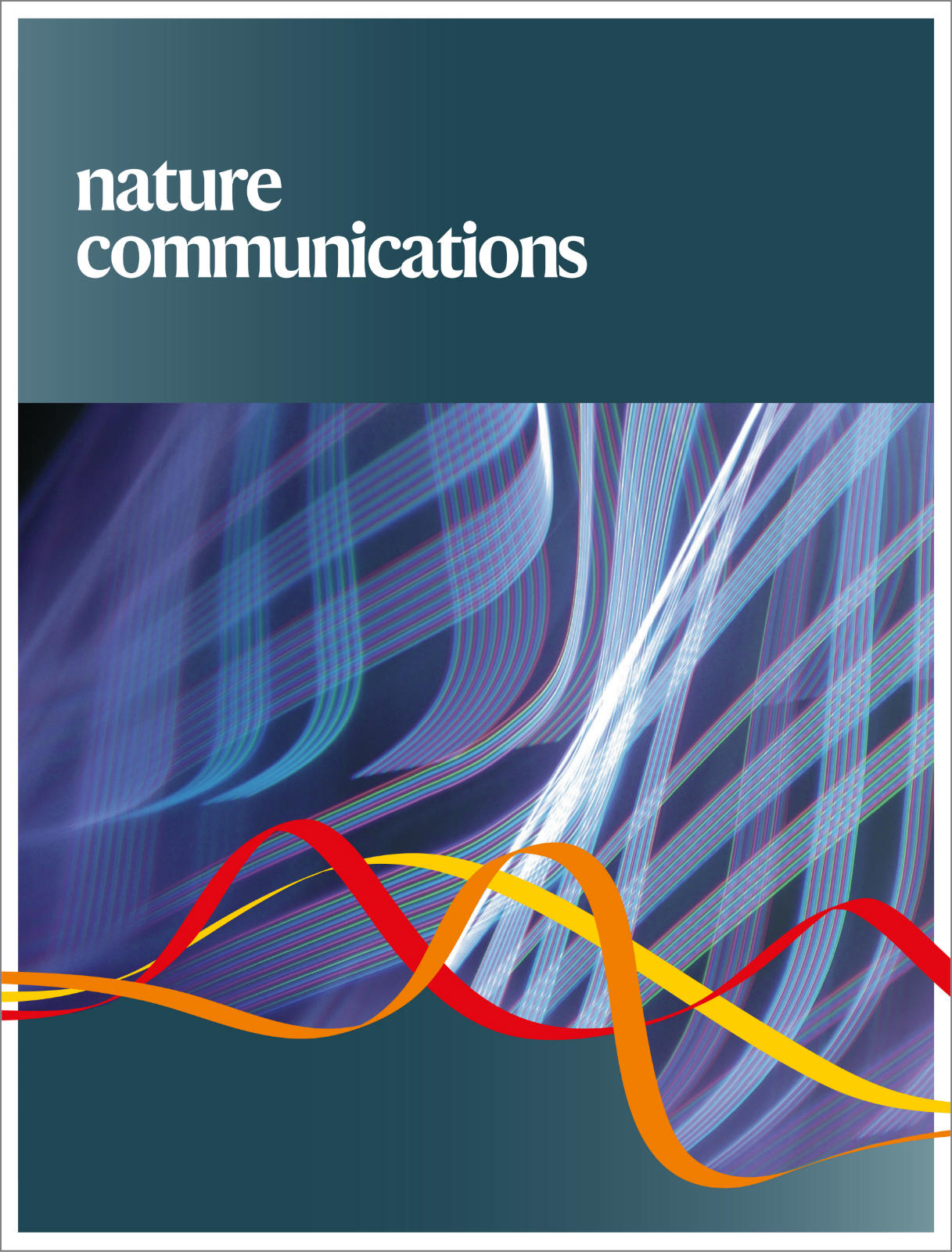Bimodality in subaqueous dune height suggests flickering behavior at high flow.
IF 14.7
1区 综合性期刊
Q1 MULTIDISCIPLINARY SCIENCES
引用次数: 0
Abstract
River bedforms influence fluvial hydraulics by altering bed roughness. With increasing flow velocity, the sand-bedded river transitions from a flat bed to ripples, dunes, and an upper stage plane bed. Although prior research notes increased bedform height variation with flow strength and rapid shifts between bed configurations, the latter remains understudied. Here, we reveal flickering between low and high dune heights for transport stages exceeding 18, based on data from earlier experiments and a complementary experiment. Above this transport stage, the second mode in the dune height distributions becomes increasingly distinctive, suggesting a critical transition. The emergence of the second mode is potentially triggered by temporal changes in suspended sediment concentration impacting turbulence, or might result from dune kinematics enabling larger dunes to grow and persist longer. This flickering behavior challenges the adequacy of a single snapshot to capture the system's bed geometry, impacting field measurements and experimental designs, and questions a classical equilibrium equation in geomorphology. Our study calls for further research to understand and quantify flickering behavior in sediment beds at high transport stages.水下沙丘高度的双峰性表明在高流速下有闪烁行为。
河床形态通过改变河床的粗糙度来影响河流水力学。随着流速的增加,砂层河流由平坦河床转变为波纹、沙丘和上层平面河床。尽管先前的研究指出,随着流动强度的增加,床层高度变化会增加,床层构型之间的快速变化也会增加,但后者仍未得到充分研究。在此,我们基于早期实验和补充实验的数据,揭示了超过18个运输阶段的低沙丘高度和高沙丘高度之间的闪烁。在此输运阶段之后,沙丘高度分布的第二种模式变得越来越明显,表明沙丘高度分布发生了关键转变。第二种模式的出现可能是由影响湍流的悬沙浓度的时间变化引发的,或者可能是由于沙丘运动学使更大的沙丘生长和持续时间更长。这种闪烁行为挑战了单次快照捕捉系统床层几何形状的充分性,影响了现场测量和实验设计,并质疑了地貌学中的经典平衡方程。我们的研究需要进一步的研究来理解和量化高输运阶段沉积物床的闪烁行为。
本文章由计算机程序翻译,如有差异,请以英文原文为准。
求助全文
约1分钟内获得全文
求助全文
来源期刊

Nature Communications
Biological Science Disciplines-
CiteScore
24.90
自引率
2.40%
发文量
6928
审稿时长
3.7 months
期刊介绍:
Nature Communications, an open-access journal, publishes high-quality research spanning all areas of the natural sciences. Papers featured in the journal showcase significant advances relevant to specialists in each respective field. With a 2-year impact factor of 16.6 (2022) and a median time of 8 days from submission to the first editorial decision, Nature Communications is committed to rapid dissemination of research findings. As a multidisciplinary journal, it welcomes contributions from biological, health, physical, chemical, Earth, social, mathematical, applied, and engineering sciences, aiming to highlight important breakthroughs within each domain.
 求助内容:
求助内容: 应助结果提醒方式:
应助结果提醒方式:


